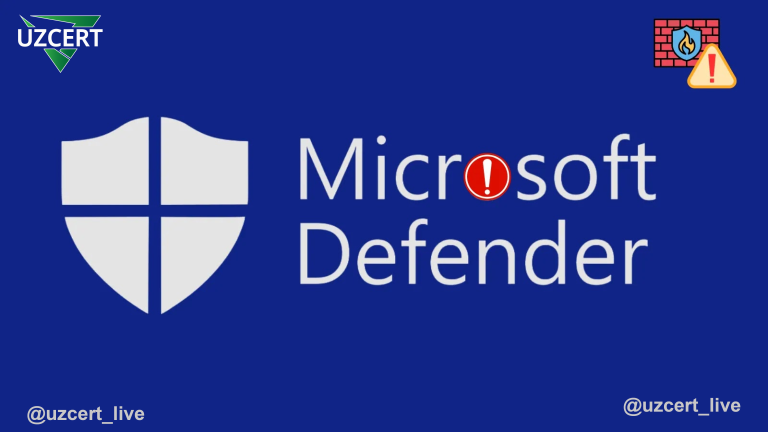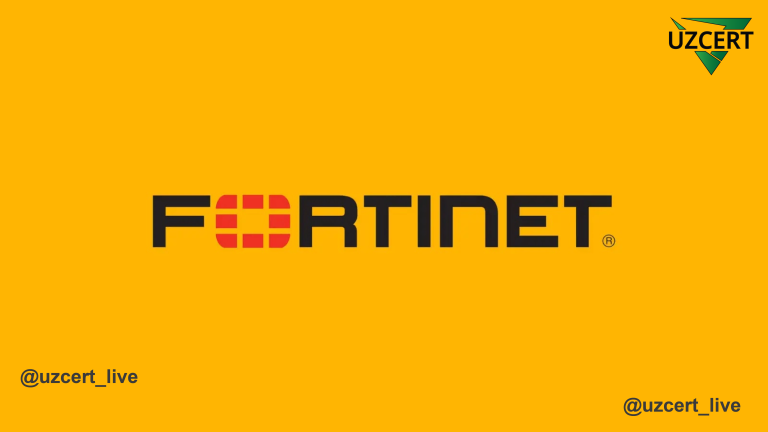
Critical Linux Kernel Vulnerability: Ordinary Users Can Escalate to Root
Security researchers have uncovered a dangerous vulnerability in the Linux kernel, registered under the identifier CVE-2025-21756. This flaw, stemming from improper memory management in the Virtual Socket (vsock) mechanism, allows ordinary users to gain the highest level of system privileges—root access.
Experts attribute this issue to a use-after-free condition, where a program references memory that has already been freed or deallocated. Attackers can exploit this freed memory by injecting their own data, enabling them to seize full control of the system.
In the Linux kernel, the vsock system facilitates communication between servers and virtual machines. The vulnerability arises during the transport reassignment process, where socket references are mishandled. Specifically, the socket’s unbind function is triggered even if the socket is not fully bound. This leads to improper memory cleanup, allowing a user to execute arbitrary code within the kernel.
How Is the Vulnerability Exploited?
If a hacker gains local access to the system, they can:
- Create and manipulate vsock sockets.
- As an ordinary user, identify the init_net address (using the vsock_diag_dump() function).
- Employ Return-Oriented Programming (ROP) through the commit_creds(init_cred) function to obtain root privileges.
Security modules like AppArmor cannot fully protect against this attack, as the exploitation targets unprotected pathways.
Affected Versions
The vulnerability affects Linux distributions with the following kernel versions:
- All versions prior to 6.6.79
- Versions prior to 6.12.16
- Versions prior to 6.13.4
- Versions prior to 6.14-rc1
Recommended Actions
- Update the kernel to the latest available version.
- In systems where updates are not feasible, restrict access to the vsock component and monitor local user activity.
- Enhance monitoring for signs of vulnerability exploitation in cloud and containerized environments.
CVE-2025-21756 is not only a technical threat but also a strategic one. Through a complex exploitation chain, attackers can achieve root privileges, granting them complete control over the system. This vulnerability is particularly dangerous for cloud environments and multi-user systems. System administrators must take immediate action to mitigate the risk.



